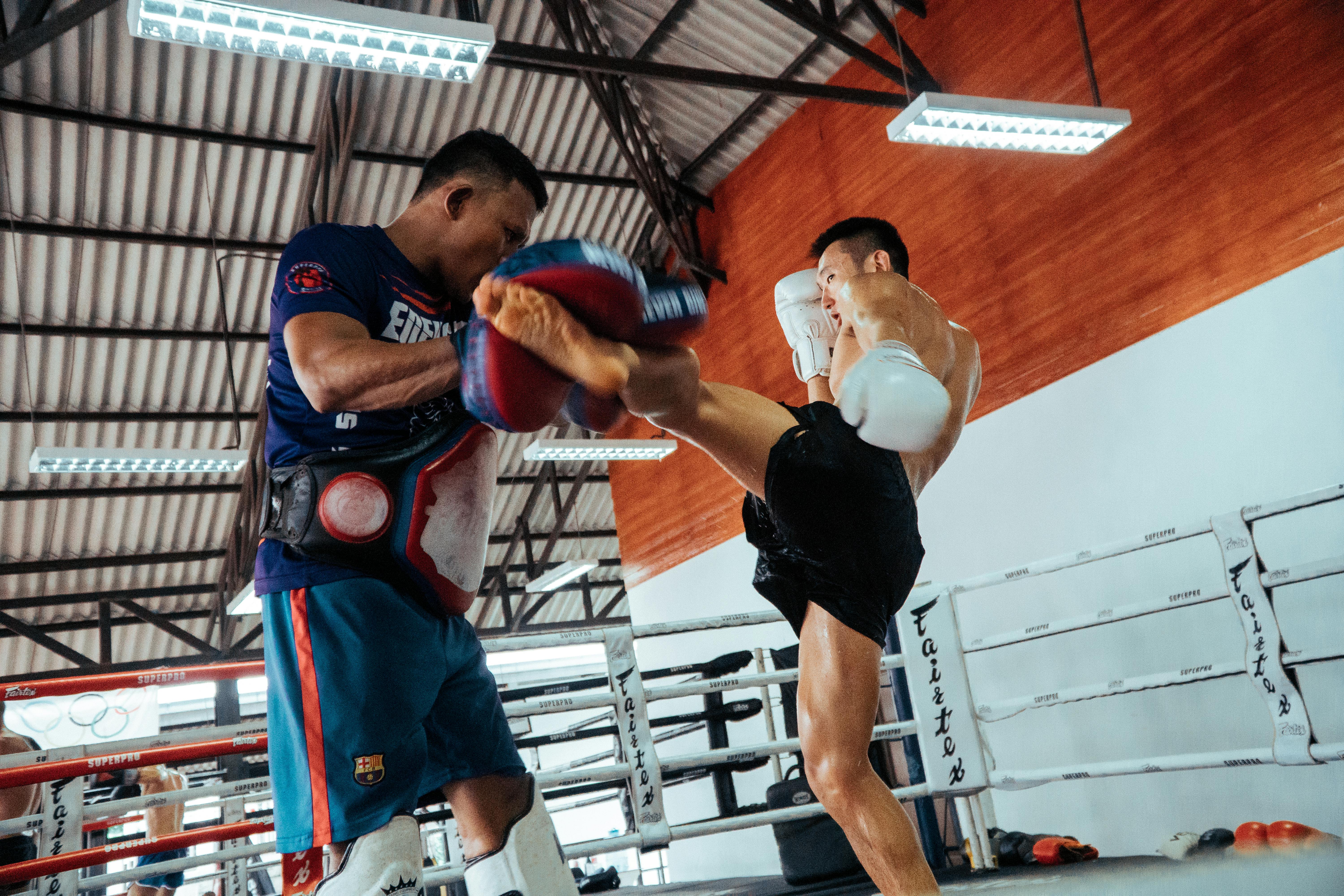Breaking Barriers: The Rise of Mixed Martial Arts in Mainstream Sports
Mixed martial arts (MMA), a form of combat sport that allows a wide range of fighting techniques, is rapidly gaining recognition and popularity worldwide. This article delves into the origins, current trends, benefits, challenges, and real-world applications of MMA, demonstrating why it deserves a spot in mainstream sports.

MMA: A Historical Overview
MMA, a blend of different martial arts styles, has roots tracing back to ancient Greece’s Pankration, a no-holds-barred combat sport. However, the contemporary version of MMA we know today began to form in the late 20th century. The Ultimate Fighting Championship (UFC), the premier organization in MMA, was founded in 1993, aiming to determine the most effective martial art in a real fight. MMA has since evolved into a full-fledged sport with a vast fan base, stringent rules, recognized athletes, and significant media coverage.
Current Trends and Analysis in MMA
MMA has witnessed tremendous growth in the past decade, both in terms of participation and viewership. This has been attributed to several factors, including the rise of notable fighters, increased media coverage, and the sport’s inherent excitement. MMA is unique as it combines different martial arts styles, requiring fighters to possess a diverse skill set. This adds a layer of unpredictability and excitement to the matches, making it a crowd favorite.
The Upsides and Challenges of MMA
MMA offers several benefits, including improved physical fitness, mental resilience, and self-defense skills. It’s a comprehensive workout that engages the entire body, promoting strength, flexibility, and endurance. Besides, it also fosters discipline, focus, and strategic thinking, which are transferable to various life situations.
However, MMA also presents challenges. The sport is physically demanding and carries a risk of injuries. Training requires significant time and commitment, and the competitive nature of the sport can be mentally taxing. Furthermore, despite its growing popularity, MMA still struggles with issues of legitimacy and acceptance in some regions, where it’s often viewed as excessively violent.
Real-World Applications of MMA
MMA training is not only for professional fighters. The skills and benefits derived from MMA can be applied in various real-world scenarios. For instance, law enforcement agencies and military units often incorporate MMA techniques into their training programs. In addition, MMA training is increasingly popular as a form of fitness and self-defense.
Research-Backed Insights Into MMA
Research into MMA’s physiological demands shows it’s a high-intensity sport requiring both aerobic and anaerobic fitness. Studies also highlight the mental benefits, including improved self-esteem, stress management, and cognitive function. However, research underscores the need for appropriate safety measures, given the sport’s injury risks.
MMA’s rise in the sports landscape is a testament to its appeal and versatility. While it’s not without its challenges, the sport has shown remarkable resilience and adaptability. As MMA continues to evolve, it’s anticipated to gain further mainstream acceptance, reaffirming its place in the global sports arena.






